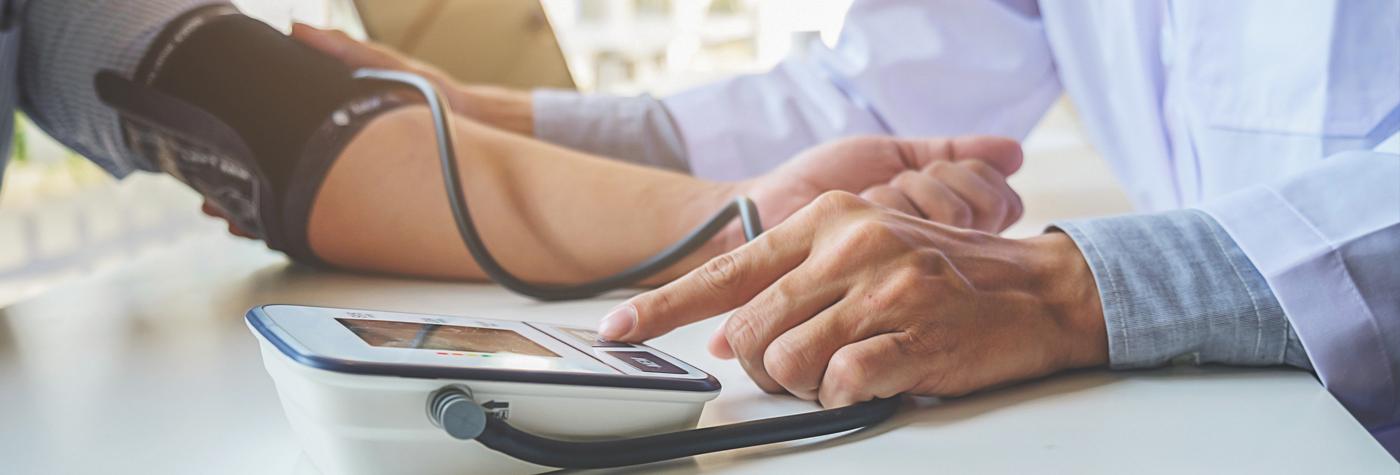How to Reduce High Blood Pressure
What Is high blood pressure?
Blood pressure is the force of your blood pushing against the walls of your arteries as the heart pumps the blood through your body.
Blood pressure is measured with a cuff and a gauge. After the cuff restricts the blood flow in your arm and then slowly releases, the gauge provides two measurements: systolic pressure (the pressure during a beat, when your heart is squeezing blood out) and diastolic pressure (the pressure between beats, when blood is filling the heart).
The gauge shows the pressure in mm hg, or millimeters of mercury. Blood pressure is expressed as systolic over diastolic, or systolic/diastolic.
The National Stroke Association identifies a blood pressure reading of 120 to 139 for the first number or 80 to 89 for the second number as pre-hypertension. People with pre-hypertension are likely to develop high blood pressure.
Causes
Although high blood pressure can develop quickly because of such factors as sleep apnea, medication (including asthma treatment and birth-control pills) or a pregnancy-related condition, it often develops slowly. A number of factors – some of them out of a patient’s control – can contribute:
- Genetics: A person with a family history of hypertension has increased risk.
- Aging: Arteries become less elastic (more rigid) over time, causing the heart to have to work harder to pump blood.
- Race: African-Americans tend to develop high blood pressure more often than people of other races.
- Being overweight or obese
- A diet high in salt, fat and/or cholesterol
- A lack of physical activity
- Drinking too much alcohol
- Smoking cigarettes
- Stress
Symptoms & complications
Although high blood pressure can contribute to both heart disease and stroke, two of the United States’ leading causes of death, there are often no symptoms beforehand. Many people who have it aren’t aware of it.
All the while, however, hypertension can be creating the conditions for a number of serious complications, including:
- Aneurism, in which a bulge forms in the wall of an artery, perhaps leading to a life-threatening rupture.
- Kidney damage
- Eye damage
- Narrowing of arteries (peripheral artery disease), leading to fatigue or pain
- Sexual problems such as erectile dysfunction or a low sex drive
- Memory loss and impaired brain function
Prevention
Since hypertension might have no symptoms, it’s important to have your blood pressure checked regularly.
The best way to reduce or avoid high blood pressure is to maintain a healthy lifestyle by:
- Losing weight (if you are overweight)
- Stopping smoking
- Exercising (at least 150 minutes of week of moderate-intensity aerobic exercise such as brisk walking, bicycling or swimming)
- Choosing a diet low in salt, saturated fat, sweets and sugary drinks and high in fresh fruits and vegetables
- Managing stress
- Limiting alcohol intake to no more than two drinks a day (for men) or one drink a day (for women)
Treatment
If lifestyle changes aren’t enough to control high blood pressure, a physician might prescribe one of the many available antihypertensive medications; medication to lower cholesterol; and/or medication to prevent blood clots.
Conditions contributing to high blood pressure can change over time, so it’s important to work with your healthcare provider to change your strategy when necessary.
Learn more about stroke prevention
Health Benefits of Quitting Smoking »
What Women Should Know About Stroke »
Resources
UK General Internal Medicine and Geriatrics provides diagnosis, treatment, and management of patients from adolescence through adult age. The department specializes in primary care, wellness and prevention, and care of patients with chronic medical conditions such as high blood pressure.
859-257-8801
National Stroke Association –1-800-787-6537
American Stroke Association – 1-888-478-7653

